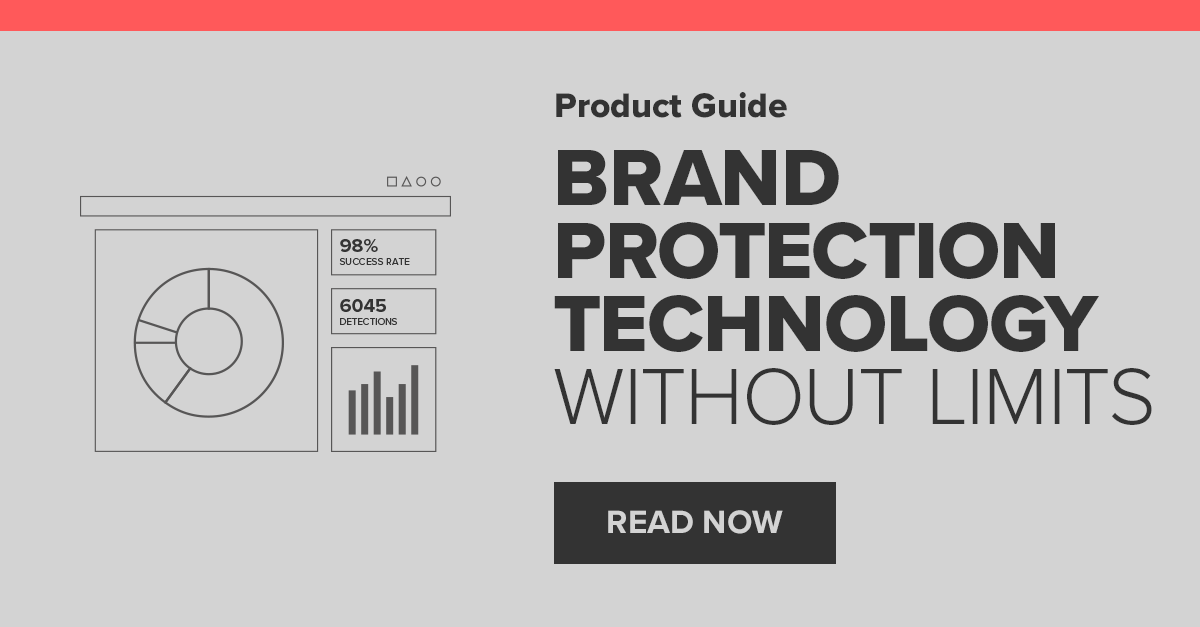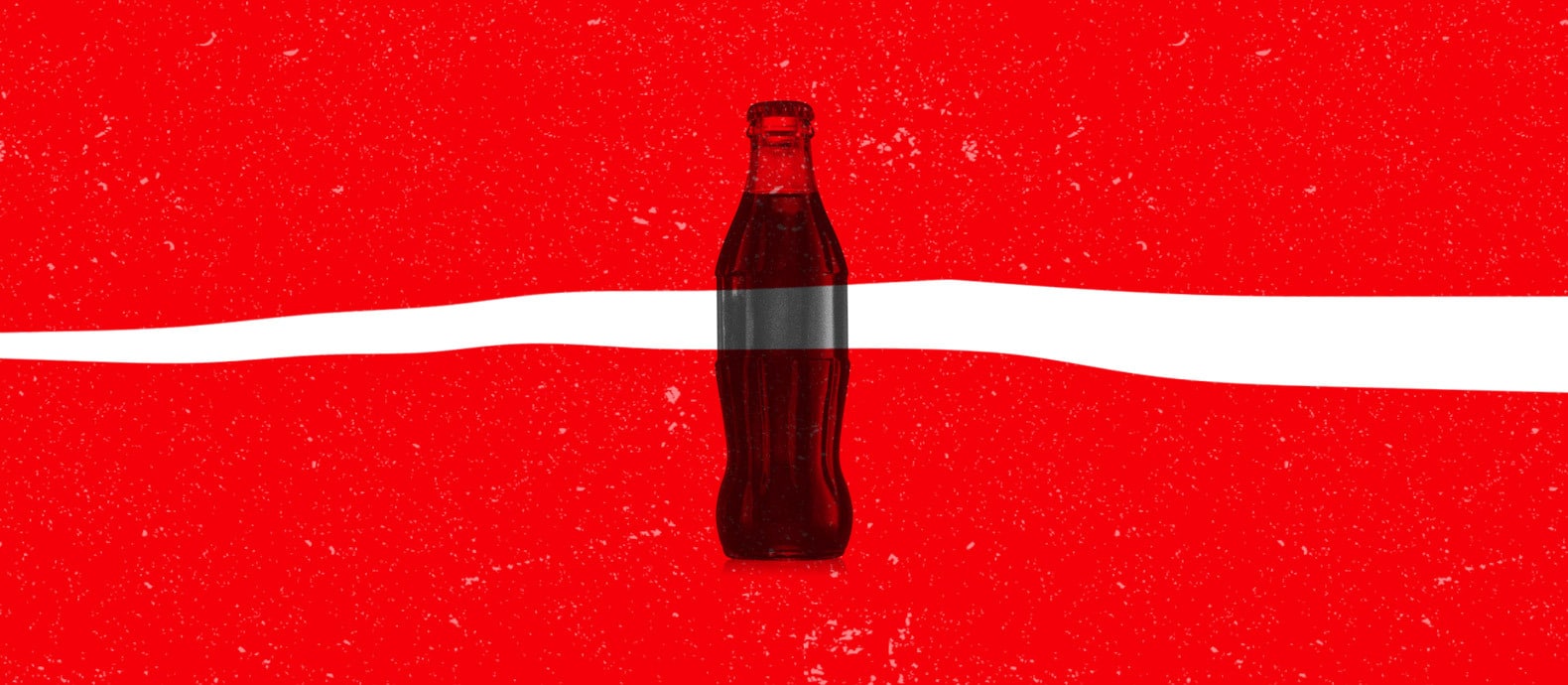What separates strong brands from the graveyard of one-hit-wonder companies? Brand equity. It’s the intangible sense of value that your customers place on your brand, and it’s extremely important to building a lasting legacy. Knowing how to build brand equity can help you start a new company, launch a new product, or turn a struggling brand around. In this article, we’ll talk about what brand equity is, how to build it, and how to keep it secure.
Summary
- Four key elements of brand equity
- Brand equity examples
- How to measure brand equity
- How to protect brand equity
What Does it Mean to Build Brand Equity?
Brand equity is the value that customers place on your brand identity, and building equity means increasing that value. If your brand has strong equity, your customers should recognize your brand right away, form positive judgments and emotions about it, and come back for repeat purchases. As you build equity, your advertising dollars become more effective and you position your brand as the go-to option in its niche.
What Are the Key Elements of Brand Equity?
There are a number of models to use when thinking about brand equity, but we will talk about the Customer-Based Brand Equity Model (CBBE) by Dartmouth marketing professor Kevin Lane Keller. This model breaks brand equity down into four layers which build on one another. Each layer can be thought of as a question that your consumers are asking, often unconsciously.
Who Are You? (Identity)
The first stage is about creating brand recognition. The goal is for your target audience to know who you are and also have the right ideas about you. You should make sure you’re communicating your brand’s unique selling proposition effectively so customer perception is correct. You can’t build higher levels of brand equity if you aren’t working on brand awareness.
What Are You? (Meaning)
At this stage, your customer is forming a basic idea about how your product meets their needs. They may think about things like reliability, features, customer service, and design on an objective level. This level is called “Performance” in the CBBE model. Another level, “Imagery,” assesses whether or not your brand meets the psychological and social needs of its customers. Does your brand image line up with the values of your target market?
What Do I Think and Feel About You? (Response)
At this level, more powerful equity is starting to take shape. Successful brands well elicit largely positive judgments and feelings from customers. At all times, customers are judging quality, credibility, relevance, and brand superiority. Beyond what customers think about these issues, they also have feelings surrounding a brand. Strong brand equity will create feelings like warmth, social approval, fun, security, self-respect, and excitement.
What Connection Do I Want With You? (Resonance)
The highest tier of brand equity is resonance. This is where you can create truly loyal customers. If you think about brands like Coca-Cola, Apple, and Nike, they all enjoy huge amounts of brand loyalty. The next Samsung Galaxy could print money and still diehard iPhone lovers wouldn’t purchase it. This type of brand loyalty doesn’t happen overnight by any stretch of the imagination.
At this level, customers have a psychological bond with your brand. Consumers are willing to pay what you charge for new products because of this bond. They make repeat purchases and have a positive attitude toward your brand. Customers may also feel a sense of community with other people who are into the brand, and they may actively engage in social media groups or physical events. This type of equity is worth its weight in gold.
Examples of Brand Equity
You can find brands with strong equity everywhere. If you think of a certain category of product, the first brand that comes to mind is often the strongest company in that niche. For example, people don’t usually walk into the pharmacy aisle looking for ibuprofen specifically.
Most of the time, they’re looking for Advil, and then some may buy a generic brand to save money. The same goes for acetaminophen and Tylenol. These two brands have huge market share and customer loyalty thanks to their positive brand equity.
Successful luxury brands can also enjoy a high level of brand equity. An important part of the luxury business model is to elevate the brand name almost to the status of a famous artist. For example, you can buy a handmade leather wallet of premium quality from a non-luxury company for under $100.
But, if you want to get a simple Louis Vuitton wallet, you’ll have to pay $500 or more. Physical products can be perfected up to a point. After that, the value of a luxury house’s name takes things into another realm.
How Is Brand Equity Measured?
There is no single algorithm that will tell you exactly what your brand’s level of equity is. However, you can measure a few different metrics to get a good idea of your position. For example, you should look at how certain financial performance indicators change over time. These metrics can include your cost to acquire new customers, customer lifetime value, cost to retain customers, and average customer order value.
As your reputation grows, you should see your advertising dollars go further, as well. You can track this by looking at ROI indicators for specific campaigns. You should also see higher and higher initial sales when you launch a new product as equity grows. Your customers will start to do some of the work for you by sharing products and recommendations with their peers.
You can also measure your equity by surveying your customers. Your questions can focus on both functional and emotional aspects of their impressions of your brand. Functionally, you want to find out if customers understand what your product does, if they think of your brand first over your competitors, and if they think your company provides good value. Emotionally, you want to know how they feel about your products and if they interact with your brand even when they aren’t shopping for a specific item.
How to Protect Your Brand Equity
As your brand builds equity, you improve the customer experience and people are more likely to make repeat purchases. However, protecting your brand equity takes vigilance. Even a few negative reviews, if handled improperly, can spiral out of control. And with more visibility, a problem like that can affect a higher number of prospective customers.
Also, customers aren’t the only ones who notice your brand growing. Bad actors will seek to take advantage of your success and counterfeit your products to sell them as cheap knockoffs. In our research, we’ve seen that many customers hold the brand responsible for counterfeits even existing in the marketplace. Brands should stay on top of counterfeits early to make sure efforts to build equity aren’t sabotaged.
Conclusion
The rewards of growing brand equity can pay off in spades. While you’re on that journey, it’s important for you to have a strong digital revenue recovery solution. You can take advantage of tools like bot-powered search and photo analysis to uncover suspicious listings and enforce against them.
With a better defense against these threats, your brand can focus on developing its equity and creating resonance with its target audience. Download our brand protection guide to learn more about how our tools can help safeguard your equity.







